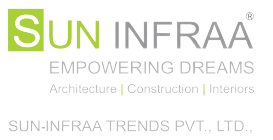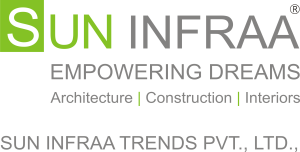Open Office vs Private Cabins – Which Layout Works Best?
Whenever someone is establishing a new office , there is always one big question, that is, should we have an open-plan office or keep to the privacy of cabins? The thing is there is no universal way. With all layouts there are advantages and disadvantages. We shall divide it into plain terms.
The Open-Plan Office Argument
The idea of an open-plan office is based on breaking the walls down. literally. Having less barriers and swiveling chairs, they are contemporary, light, and cooperative. It is easy to see and converse with people hence, quick conversations and expedited teamwork are likely to occur.
Other bonuses?
Natural light is more effective in open structures and the entire area has a more optimistic feeling.
Besides, they tend to be more affordable because you do not spend additional on partitions and walls.
There is an object though: distractions.
Being all in the same room, it distracts you with noises and people chatting away and even passing by. Privacy is also minimal, and that can be rather problematic in case of confidential calls or activities that require focusing on the task.
The Argument of Private Cabins (or Cubicles)
The opposite is the private cabins which are personal spaces that provide the employees with privacy and a sense of ownership. They work best when your group has sensitive data or requires extensive periods of concentration.
Individuals are allowed to decorate their cabins, put up family pictures or just sit back in a silent space to contemplate.
The spaces also provide some form of professionalism; particularly in client facing jobs or cabin managerial.
The downside? They are more expensive to construct and occupy space. And even as employees receive privacy, they may also fail to enjoy spontaneous discussions that usually result in new ideas. Isolation may slow collaboration to an excessive extent.
The Best of Both Worlds: Hybrid workspaces.
This is where the way of modern offices is going:a combination of the two.
Think about open tables or brainstorming desks, and individual phone booths or meeting pods. This design that is of an activity-based nature provides employees with choice
A hybrid model is a middle ground between the two and therefore gives the teams more leverage to work together and focus.
So, What Should You Choose?
The correct design will be dependent on your organization and your humans. Rather than inquiring as to which is better. Ask , What does my team require collaboration, privacy or flexibility?
The smartest offices in the modern world are not open or even closed, but they are flexible. An open-space design that allows employees to alternate between the open areas and private doorfields is normally the best in the long-term scenario.



